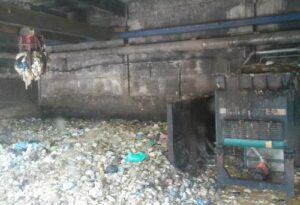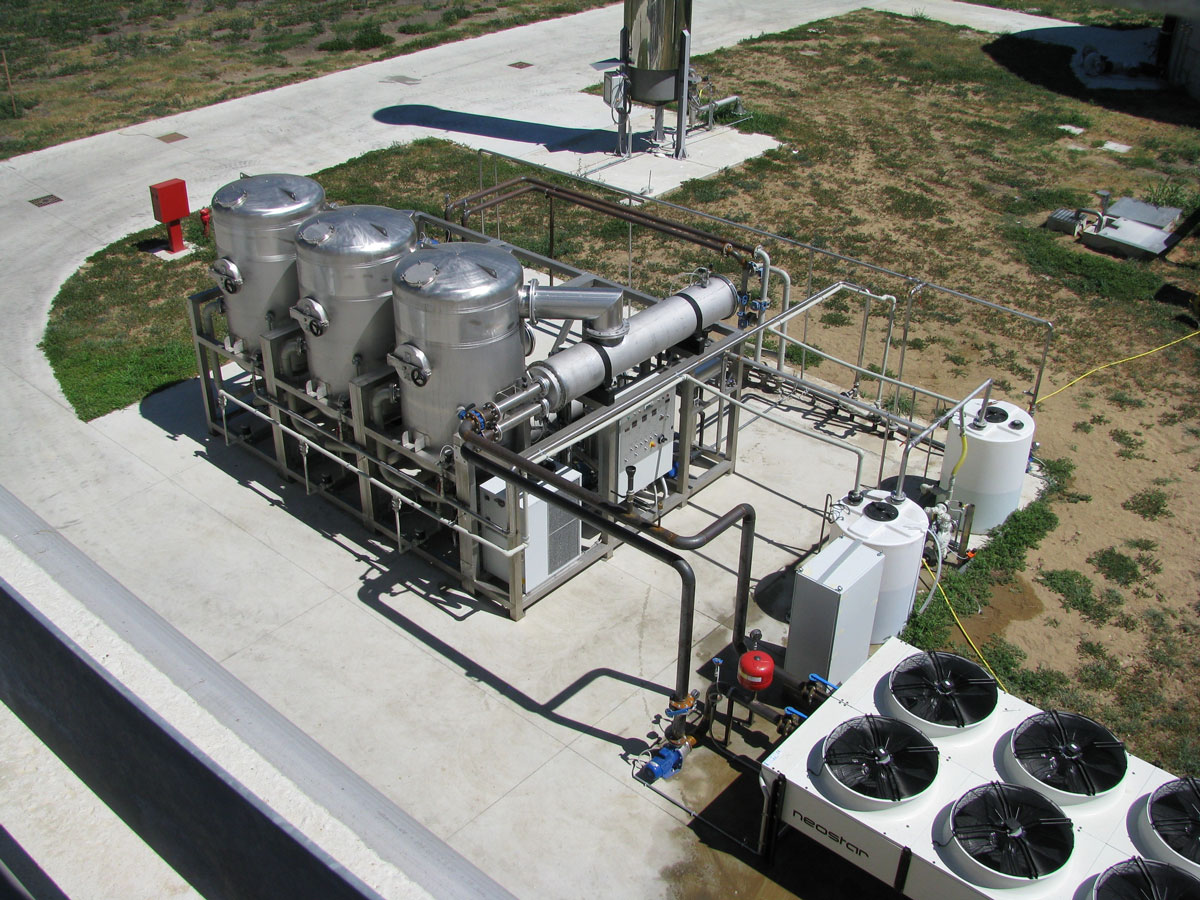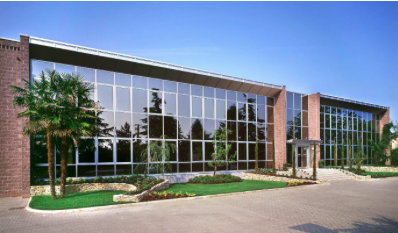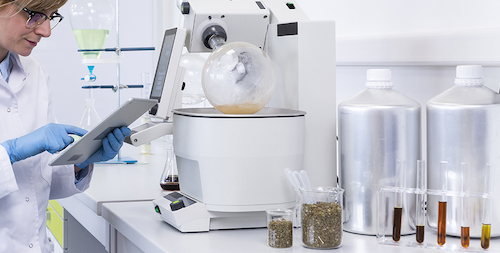

Biogas is a mixture composed of oxygen, water vapor, methane and other types of gas, which arises from the anaerobic digestion process. The mixture is produced in three different types of units to produce biogas. The process called “anaerobic digestion” is a biological process, which takes place thanks to biochemical reactions; it takes place in four phases: the first phase is called hydrolysis, the second acid genesis, the third acetic genesis and finally the fourth is called methane genesis.
Biogas units are structures that use biomass of different origin to produce electrical energy or thermal energy.
There are different types of these biomasses which come from waste of agricultural-industrial origin, from farms sewage, from urban waste (and this is the real revolution) and from forest waste (this term usually identifies residues with low lignin content coming from urban green restyling works).

The revolution lies in the completely natural mode of production: it is the product of anaerobic digestion of organic materials, such as those we have indicated above.
In few words, it is the transformation of waste material into gas by small organisms already present within the materials themselves, in total absence of oxygen.
Biogas units must be considered very important instruments to produce renewable energy respecting human being and environment as it is a source of electricity production easily available in nature.
Waste landfills and decomposing organic animal and vegetable materials are excellent sources of biogas production and therefore of electricity, considering that from about a ton of waste it is possible to get up to two hundred and fifty cubic meters of clean and renewable electricity.


The biogas is transformed into electrical energy when it is treated through certain operations, exactly aimed to obtain renewable and clean energy from the biogas produced inside special platforms.
The combustion inside a cogeneration engine allows its production.
Specifically, there is usually an internal combustion engine, where the mechanical energy is transformed into electricity thanks to a special transformer and to an excess heat recovery device.
To summarize, the process that makes up the entire supply chain, from the collection to the production of electricity, is mainly made up of these steps:
The integration of the evaporation system with a biogas cogeneration plant allows to exploit the resulting thermal energy.
FORMECO has developed a line of vacuum evaporators suitable for this treatment. More in detail, these are normally multi-effect systems, sized according to the hourly quantity to be treated.
The distillate resulting from the evaporation process, if characterized by a value of C.O.D. within the limits of the table, can be downloaded into the sewer. In the event the C.O.D., despite the treatment, is higher than the established limits, the system can be supported by a biological post-treatment, by membranes or by a module to remove the ammonia.
The concentrate can be sent for disposal, but it can also be subjected to a further concentration treatment, by means of a single-effect scraped evaporator.
The concentration ratio is normally around 5 – 6 times the initial value, which can reach 7 – 8 times with the posttreatment by an evaporation/ concentration unit.
The power supply of the system involves the re-use of heating developed by an external energy sources (in this specific case, normally, the biogas production units). The evaporation complex will be fed by superheated water and cooled by a refrigeration tower or a dry-cooler.
The multi-effect system reduces the thermal consumption of the evaporation process. These are normally systems with 2 or 3 effects.
In the first effect of the evaporator, consisting of a heat exchanger, an evaporative unit, a forced circulation pump and a condenser exchanger, the process is conducted at a reduced pressure corresponding to a boiling temperature range of 70 ÷ 85 ° C.
The solution to be evaporated is heated in the heat exchanger by circulating hot water. The steam produced is condensed thus feeding the second effect of the evaporator, consisting of a second evaporation unit, a second forced circulation pump for the solution being treated and a second condenser.
In the second effect the process is conducted at a lower pressure than the first one, at a temperature corresponding to 55 ÷ 70 ° C. The steam produced in the second effect is condensed thus feeding the third effect of the evaporator, consisting of a third evaporation unit, a third pump for forced circulation of the solution being treated and a third
condenser.
In the third effect the process is conducted at a pressure lower than the second one, at a temperature between 40 and 55 °.

HW-Cf series / HS-Cf series with forced circulation pump
Waste water evaporation units fed by an external source of energy: hot water or steam. These units can be equipped with two or three boilers (effects) operating in series. A different vacuum rate in each individual boiler allows for different evaporation temperatures. An advantage of this process is the automatic sterilisation of the product in the third effect, making these units highly recommended for use in the pharmaceutical and food industries. This technology allows the reduction of energy costs by up to two thirds combined with low investment costs.
For waste streams with a density less than 1.25 kg/l and suspended solids less than 20%.
The units utilise warm water or steam for heating and this can be taken from existing sources.
Also available the Cn version using natural circulation for treating highly aggressive products such as sulphuric, hydrochloric and hydrofluoric acids by utilising special resistant plastics and alloys.
When higher concentrations have to be achieved, these units can be combined with the units from the HW/S-R series.The HP-S series use a heat pump system and is designed to treat wastewater that does not contain products that could encrust on the boiler surface. They are ideal for treating oilwater emulsions with concentrations less than 20%, waste streams from die casting and industrial degreasing processes. The units are fully automatic and are controlled by a programmable microprocessor allowing the user to easily change operating parameters to suit a particular waste stream.
FORMECO, born in 1971, manufactures in the production facility located in Northern Italy, 4,200 m2 indoor on an area of 10,000 m2.
Installing more than 40,000 machines, Formeco holds a world-wide leadership position in the production of recycling machines for wastewater and solvents.
FORMECO means:
• an advanced technical design centre
• an equipped laboratory for a preliminary assessment of the product to be treated to give the most suitable appliance
• a complete set of industrial pilot test units
FORMECO products FORMECO, characterized by high quality standards, are certified by Authorized International Institutes.
FORMECO plug & play devices are subjected to strict functional tests prior to shipment.
Equipped with detailed manuals, they enable immediate installation and commissioning.



our technical and commercial staff can communicate in different languages, including: Italian, English, Portuguese, Spanish, German, Dutch, French, Russian, Ukrainian, Romanian.

when necessary, thanks to a pilot plants equipped lab, it is possible to make some distillation tests on a sample of wastewater brought in by the client. Together with the tested samples a technical report will be delivered for an evaluation based on effective data.

our staff will be able to propose the most effective evaporator for the treatment of your wastewater. For a drastic reduction of disposal costs with a guaranteed return on investment, a vacuum evaporator is the winning choice.
